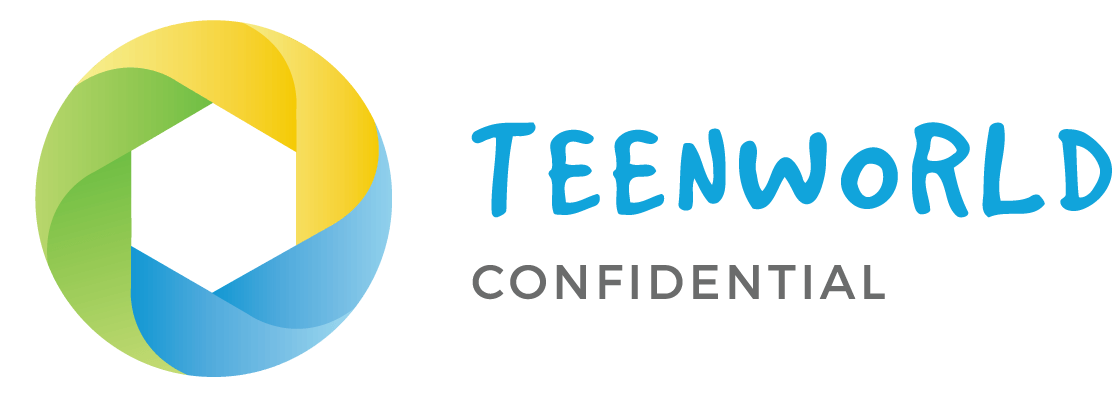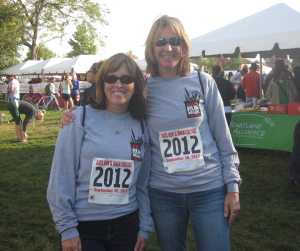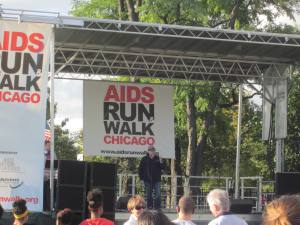“Shared Responsibility: Strengthening Results for an AIDS-Free Generation.”
I have not yet written my blog where I explain what exactly HIV and AIDS are, so let me explain briefly in this blog. I will go into more detail before too long.
When I was in nursing school in the very early 80s, we didn’t learn about HIV/AIDS. We didn’t know about it yet. I remember when the medical community began to discuss this new, frightening disease, people were so quick to judge those who were diagnosed with it. And the fear of a child “catching” AIDS from attending the same school as a another child who contracted it from a tainted blood transfusion….well, let’s just say it was a massive movement. Granted, there was a lot of ignorance on the part of everyone – we knew so little about it – but the public panic was pretty intense. I’m so glad we have a much better understanding of this disease now.
So what do we know now?
HIV is actually called human immunodeficiency virus. (Now you know why we say HIV. ) Typically, this virus is spread through bodily fluids, especially semen, blood, vaginal fluids, and rectal fluids. It is also spread by intravenous drug use (blood contact). Additionally, a mom can infect her baby during birth or by breastfeeding, though it is not as common.
Once a person has it, they can’t get rid of it. Ever. There is no cure (right now). Some viruses, like the cold or flu, we eventually recover from and then are immune from it (well, that particular strain of it) for life. But with HIV, we are unable to fight it off.
When this virus enters a person’s body, it starts to attack the cells that help us fight off infection (T cells). After a while, so many of these protective cells have been attacked that they can no longer effectively fight off infections. This is when HIV becomes AIDS – acquired immunodeficiency syndrome. At this point, a person is susceptible to “opportunistic” infections (OI) – infections that take advantage of this situation and attack the body. There are some pretty specific OI’s associated with HIV, which healthcare providers use to diagnose AIDS. Unfortunately, this disease is terminal.
When a person is initially infected they probably won’t know it. If the person does have early symptoms (2-4 weeks after exposure), it feels like they are having a really nasty bout of the flu, but then after a couple weeks the person feels better. In fact, it could take up to ten years before the person feels sick again. And that’s ten years that this person has been spreading HIV. Yikes. As has been mentioned before; get tested.
So, who are the people becoming infected? Here are some stats from the CDC:
- 26% of new HIV infections are found in youth 13-24 years old.
- Over half of those are found in African-American gay or bisexual males.
- 87% of all young males acquired HIV from having sex with other men (MSM),
- 6% of these guys got it from heterosexual sex,
- 2% from IV drug use, and
- 5% from IV drug use and MSM.
- Most females (86%) got HIV through heterosexual sex. The rest (well, 13%) from IV drug use.
In other words, anyone can get it even though some demographics are at much higher risk.
On the positive side, there are medications that can put HIV-infected individuals into remission for a significant amount of time. This is called antiretroviral treatment (ART) and must be used consistently. Also, research is being done to come up with a vaccine against this fatal disease.
I want you to have a basic understand of HIV/AIDS so that you can understand why World AIDS Day, which is honored every December 1st, is so important.
“Shared Responsibility”, part of the World Aids Day slogan, tells me that it is up to us, the educated sexual health community, to ensure that people understand what this disease is and that no one is immune. It can happen to anybody. I do not know of one family who hasn’t been touched by some type of terminal disease – cancer, Parkinson’s, MS, Alzheimer’s, and of course HIV/AIDS. Everyone deserves to be treated with dignity and respect – and to be treated with the best healthcare we can provide using the knowledge and medication available to us.
On World Aids Day, be that voice to support those who are facing a life with HIV/AIDS. Donate to your local AIDS organization, support research, be a positive voice for those battling this disease, learn more about HIV, get tested and/or encourage your loved ones to get tested as well. You can even participate in your local 5K to support AIDS research and support for those affected.
Initiate conversation with the young person in your life. Talk to them about what this disease is, and how to prevent it. (Abstain, use condoms – both male and female, get tested, don’t share needles, shavers, or toothbrushes).
For more information, you can go to AIDS.gov. From there, you will find a ton of links. You can google World Aids Day as well. The information is extensive. I will help you sort through all of it on another blog. In fact, it may take two more blogs! At least you have the very basics right now.
I will be out of the country for a couple of weeks, however my blogs will continue to be sent out. If I do not respond to your comments, I will when I return! I appreciate the comments I have received so far.
I encourage you to follow my blog if you have not signed up already! On the right side of this page, there is a place to put your email address – just click “Follow”, and you won’t miss a thing!
Until next time….



